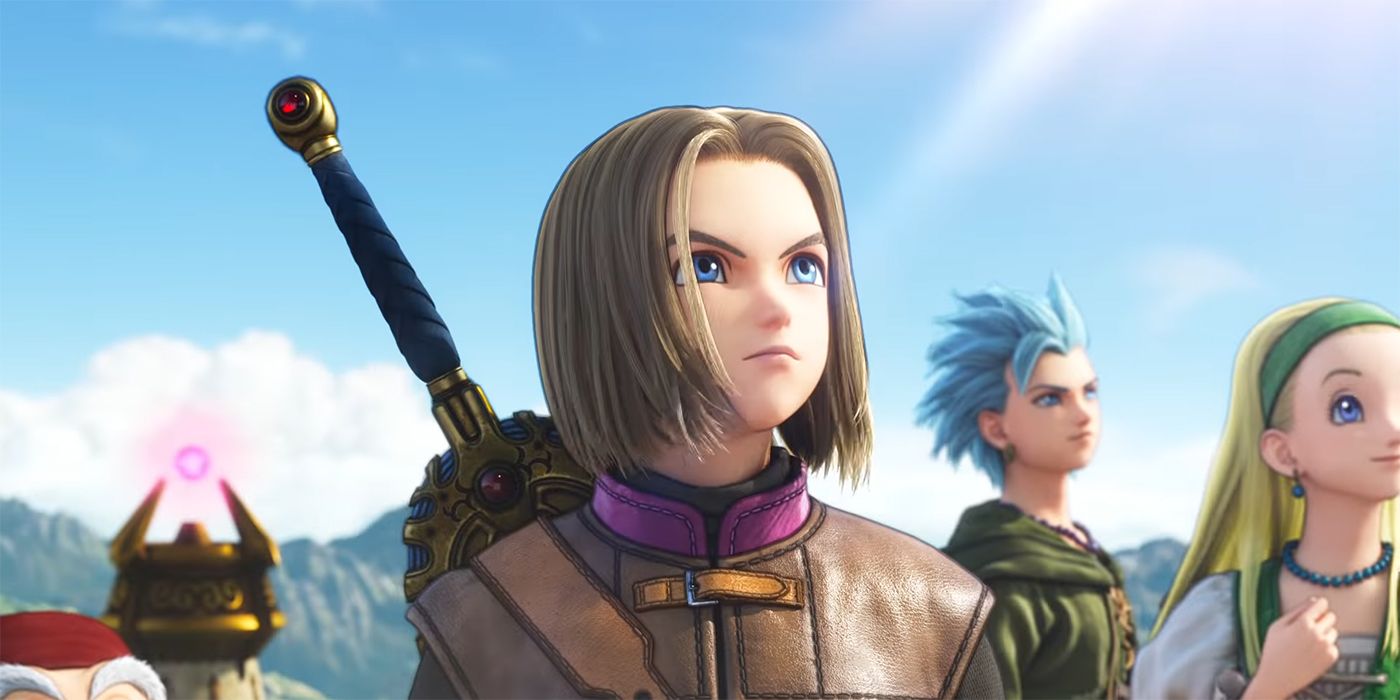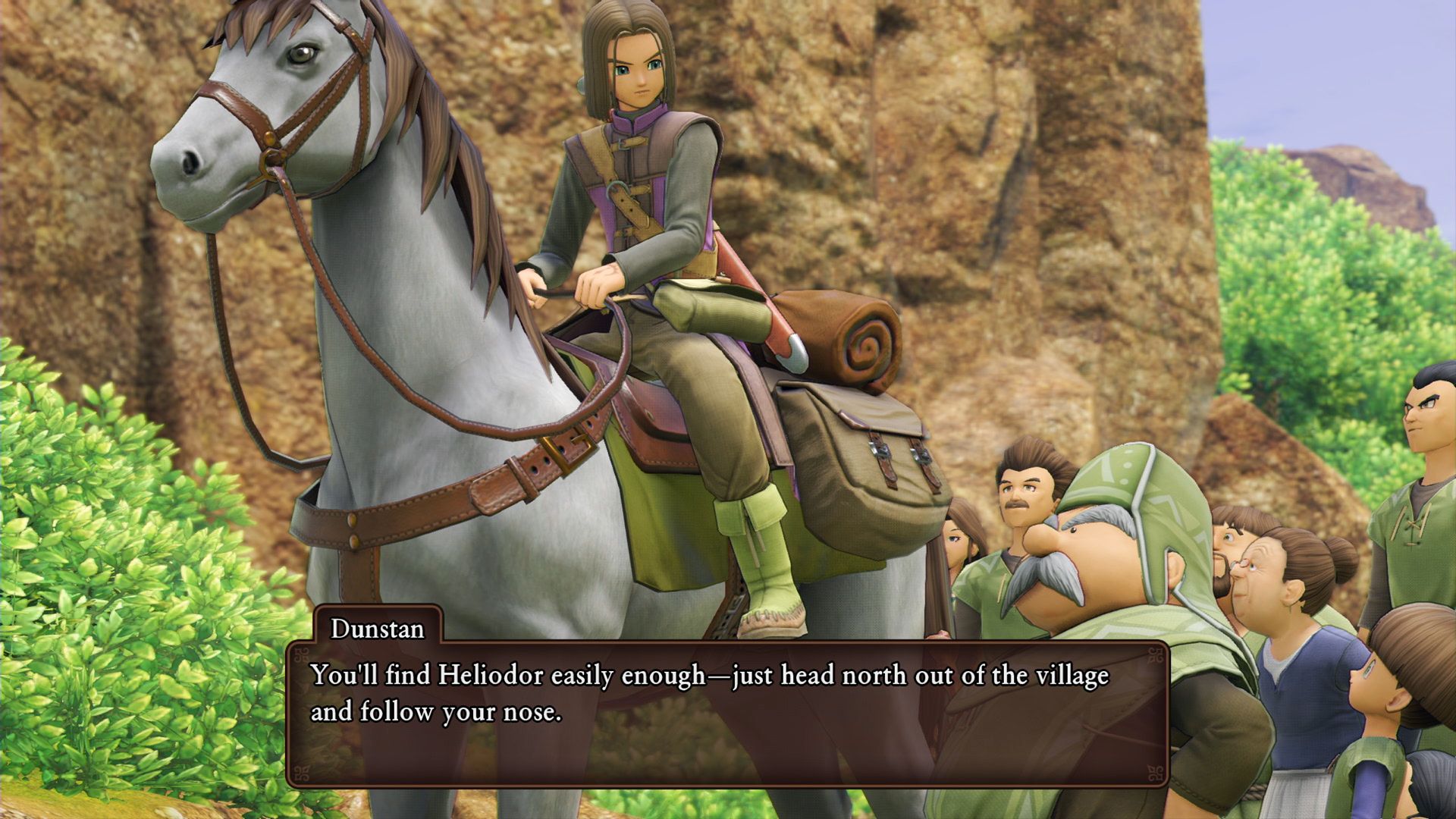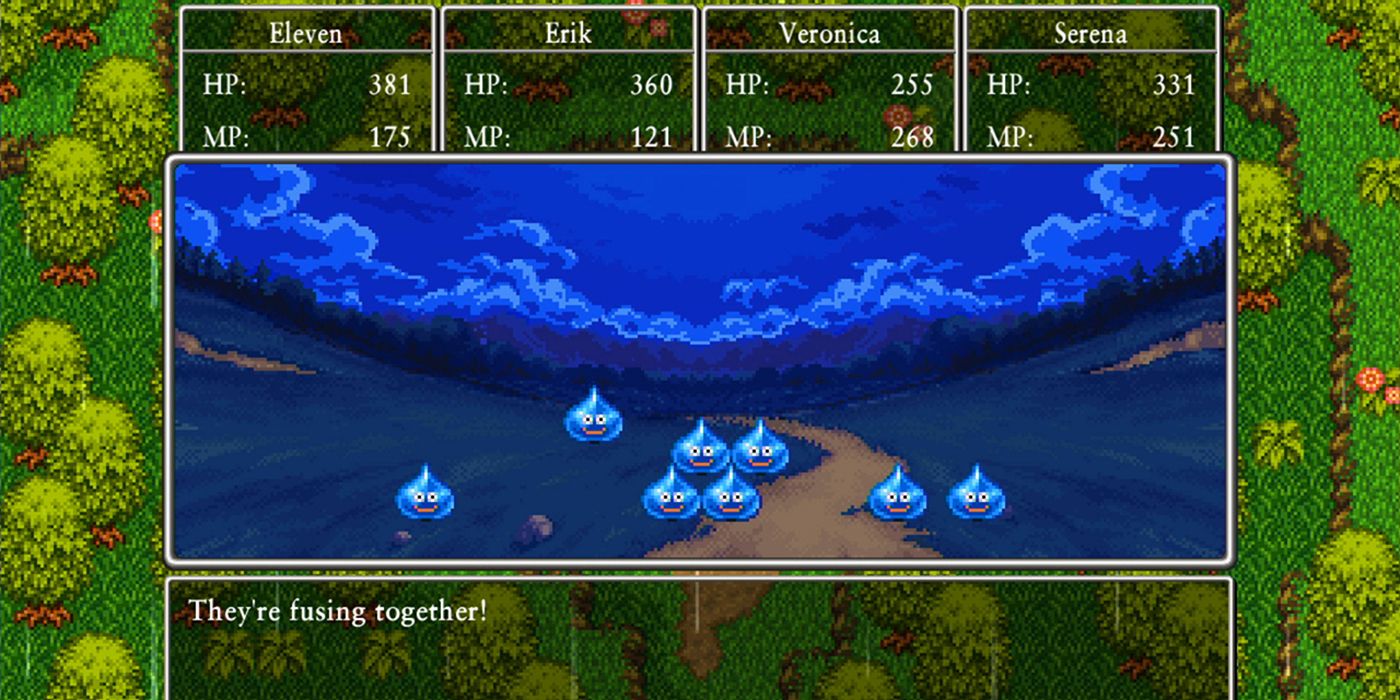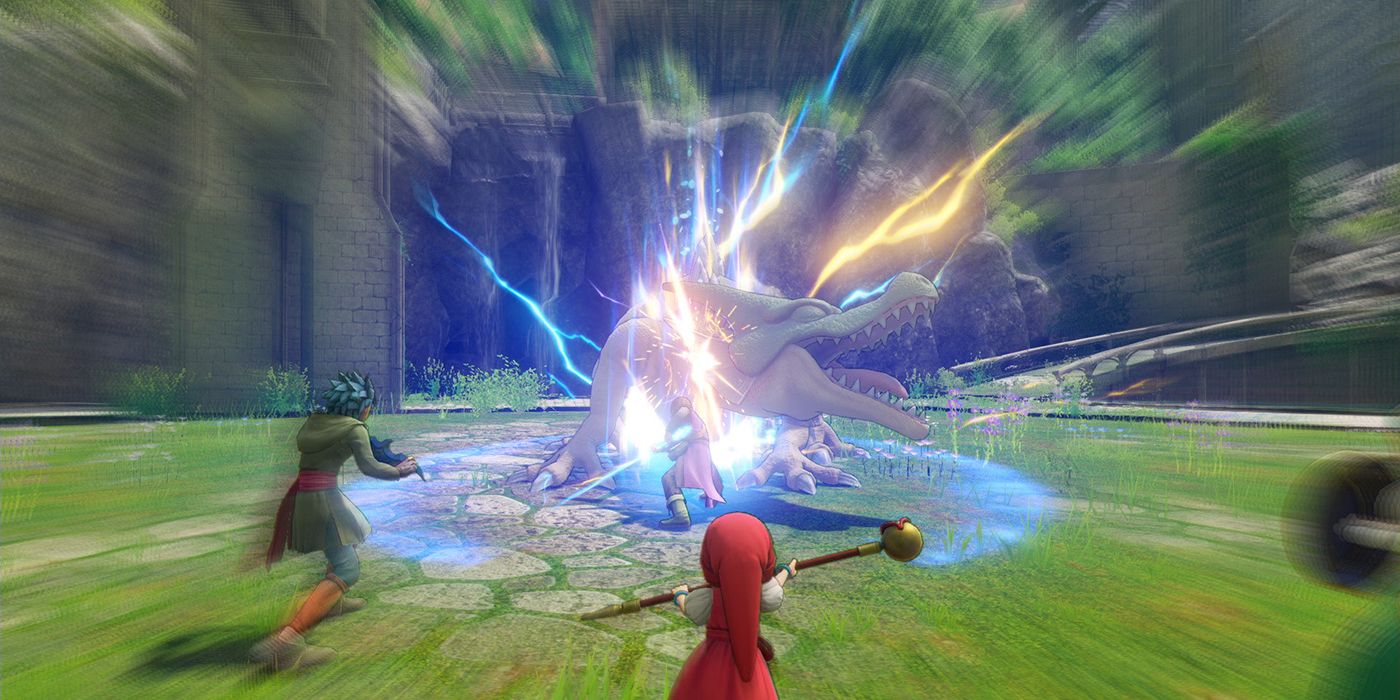After spending a good chunk of time as a Nintendo Switch exclusive, the definitive edition of the 11th Dragon Quest game is now finally making its way to other platforms. When the game originally released, this generation's Dragon Quest emphasized the JRPG genre at its most traditional core. Dragon Quest 11 S: Echoes of an Elusive Age Definitive Edition still stands tall with that reputation, but all of the additional elements not only make this game much more accessible to play, but enhance the experience considerably. Spending a whole bunch of time in the expansive world of Erdrea has never been better.
Patient JRPG fans will find a lot to love in this release compared to the original release of the game: A revamped live orchestra soundtrack, battle speed customization, photo mode, among other additional quality-of-life changes from the game's debut in 2017. That's not to say Dragon Quest 11's original release was lacking, far from it. Whether players are jumping in for the first time, or replaying the expansive story to re-experience it in a new way, Dragon Quest XI S: Echoes of an Elusive Age Definitive Edition lives up to its extended namesake admirably. This release is easily the superior version to play the 11th entry in the long-running JRPG franchise.
Firstly, those who have played the original Dragon Quest 11 may be wondering what's new. Here are all of the new features/additions that come with the Definitive Edition:
- 2D Mode: Fans of SNES JRPGs can experience Dragon Quest 11 entirely in a traditional 2D, sprite-based art style, which can be toggled on and off at churches.
- Tickington Side Quest: Alongside 2D Mode, players are introduced to a character named Tockle. This introduces players to the nostalgia-fueled Tickington side quest, which allows players to revisit previous Dragon Quest settings in 16-bit glory. Associated quests are brief, but enjoyable, especially for long-time fans who unknowingly want to reminisce on the classic Dragon Quest games.
- Additional Character Stories: Without diving into spoiler territory, numerous party members now have additional standalone stories for players to explore. What's more, these stories are integrated into the main game, so there's no obscure side quests to chase after the additional narrative content.
- Fully Orchestrated Soundtrack: Gone is the MIDI-synthesized soundtrack by default, supplanted by the massive live orchestrated soundtrack. Players can also swap back to the synthesized soundtrack in the game's settings at any point, even though the live orchestra is (arguably) vastly superior in every song.
- Japanese Voiceover Option: Those that prefer the Japanese voice cast over the English voiceover can swap at any time in the game's settings.
- Photo Mode: Those that prefer the original 3D graphics can relish in the scenery with a new Photo Mode, with a typical suite of effects and character manipulation to compose different images to share.
- Adjustable Battle Speeds and Battle Camera: One very important addition is the ability to adjust battle speeds. Players can decide from the standard "Normal" speed, "Fast" speed, and "Ultra-Fast" speed. This is especially huge for both normal playtime as well as grinding in late-game. Additionally, players can set the battle's camera settings to player-controlled or static camera angles.
- Assorted Quality-of-Life Changes: Along with all of the aforementioned changes, several subtle mechanical changes have been made as well. Some highlights are the ability to use the Fun Size Forge anywhere, automatic and skippable cutscenes, party members appear in the game world when exploring, among many other changes.
All of these additions not only expand the Dragon Quest 11 experience, but enhance the base experience considerably. The revamped soundtrack provided by the Tokyo Metropolitan Symphony Orchestra immediately adds twice the pomp and circumstance to the game's score compared to the original. Those who remember Dragon Quest 8's orchestral soundtrack will be impressed here. Plus the many mechanical and functional changes throughout Dragon Quest 11 S add tons of convenience in a game that used to be traditional to the core.
The 2D Mode, in particular, deserves a special shout, as it attempts to appeal to the most hardcore Dragon Quest fans who've theoretically been playing since 1986. Not only is there an entire arc of side quests in Tickington dedicated to remembering and celebrating legacy Dragon Quest games, but the entirety of Dragon Quest 11 can also be played in the mode. Anyone who's a fan of the 16-bit SNES era of JRPGs will love this feature immensely.
However, the narrative and story of Dragon Quest 11 S are still as hyper-traditional as in the initial release. Much like every other Dragon Quest, the nameless protagonist is born a hero, and the Luminary is destined to fight an impending darkness. Dragon Quest 11 S makes no attempt to change that framework, only to iterate and celebrate the JRPG genre in its purest form.
There's nothing inherently wrong with that; Dragon Quest has always been about telling a hero's journey unabashedly. But fans expecting some kind of revolutionary JRPG storytelling will not find it in Dragon Quest 11 S, even in the additional character stories exclusive to this version. Dragon Quest 11 is full of genre tropes to the point of occasional absurdity, which could be tough for new players to get into. That being said, if new players are willing to accept Dragon Quest 11's old-school atmosphere, this version is perfect for new and existing fans.
For one thing, the increased accessibility of the gameplay experience as a whole has improved tremendously. Increasing the battle speed is a perfect addition, especially for those who are used to a more modern JRPG combat pace like Final Fantasy 7 Remake or Persona 5. Players are able to tailor the speed of combat on the fly, making typical gameplay and/or level-grinding in the endgame much more streamlined.
Not to mention players now have access to a suite of quality-of-life changes that make the experience highly adaptable. Being able to use the Fun Size Forge to craft weapons/armor anywhere is a big plus, especially in longer dungeons. Also, the ability to manipulate and change the battle camera freely helps keep players in control of battle perspective at all times. Pair that with the many small mechanical changes throughout the whole experience, and Dragon Quest 11 S easily lives up to the being the "Definitive Edition" of this entry.
Compared to the Nintendo Switch version, the multiplatform release is a welcome enhancement for Dragon Quest 11 S. Even though the game ran surprisingly well on the handheld console, the experience is even better on PS4 Pro. Most of the time, Dragon Quest 11 S plays at a solid 60 frames per second on upscaled 4K, only dipping occasionally in heavily populated areas. It is worth noting that a lot of the lighting changes and minor graphical concessions for Nintendo Switch do persist in the PS4 version, though remain unnoticeable unless compared side-by-side.
Dragon Quest 11 still remains a great adventure for both newcomers and hardened JRPG fans, but this version is easily the best way to play this game. Only new fans may have some trouble getting accustomed to the game's atmosphere, but the game is incredibly rewarding for anyone who can. All of the enhancements make for a much improved gameplay experience, and the 2D homages to classic Dragon Quest are an awesome touch. This is easily the best way to play Dragon Quest 11.
Dragon Quest XI S: Echoes of an Elusive Age - Definitive Edition releases on December 4, 2020, on PC, PS4, and Xbox One. The game is also available now on Nintendo Switch. Game Rant was provided a PS4 (PS4 Pro) code for the purposes of this review.




